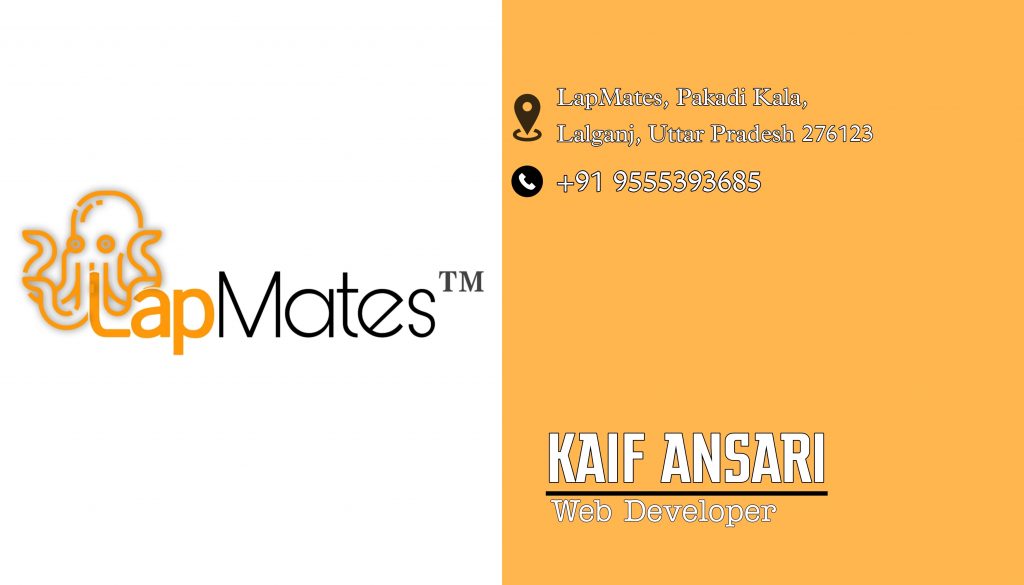Our Premium Web Designing Services
Web Designing
Our One of the Best services that always meets your satisfaction.
Some Brilliant Web Demos
we have linked some brilliant demos of websites, you might be interested, Don’t forget to contact us for any type web designing.
What is Web Designing?
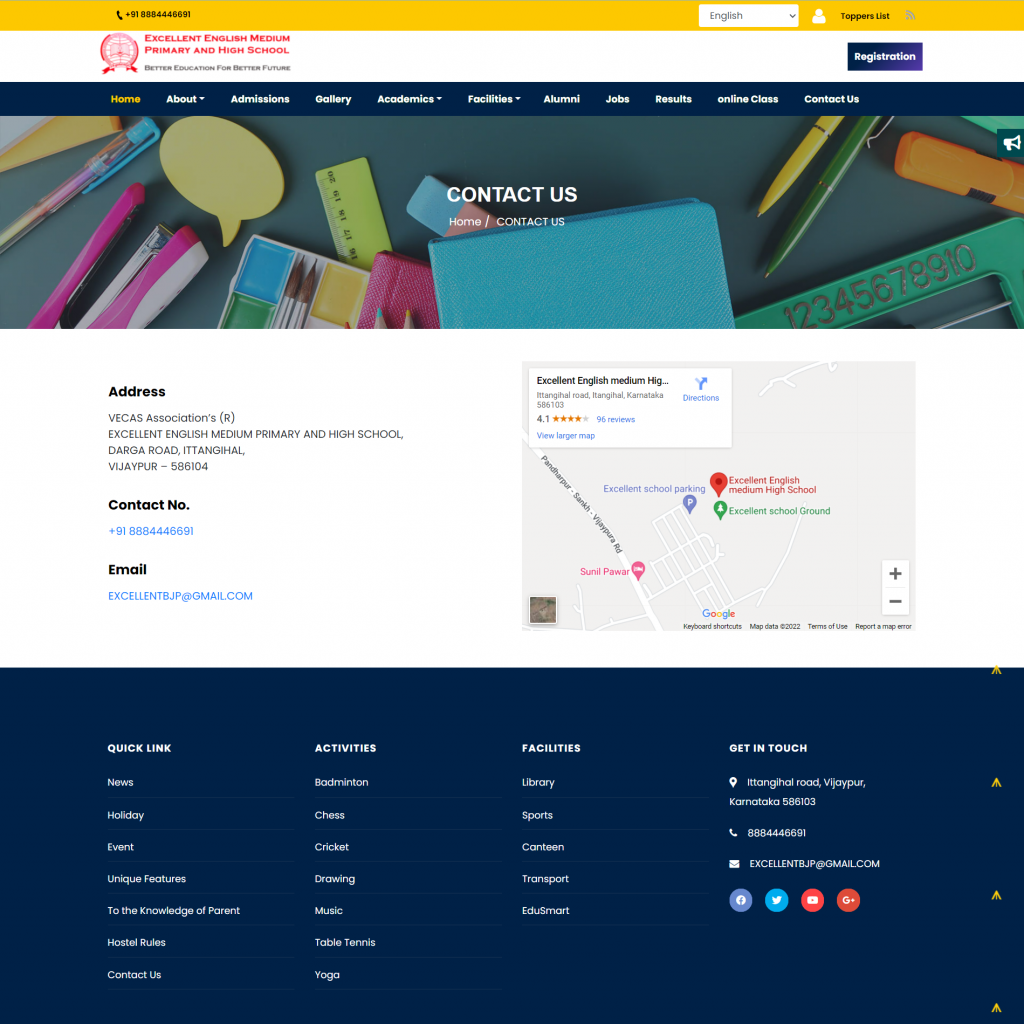
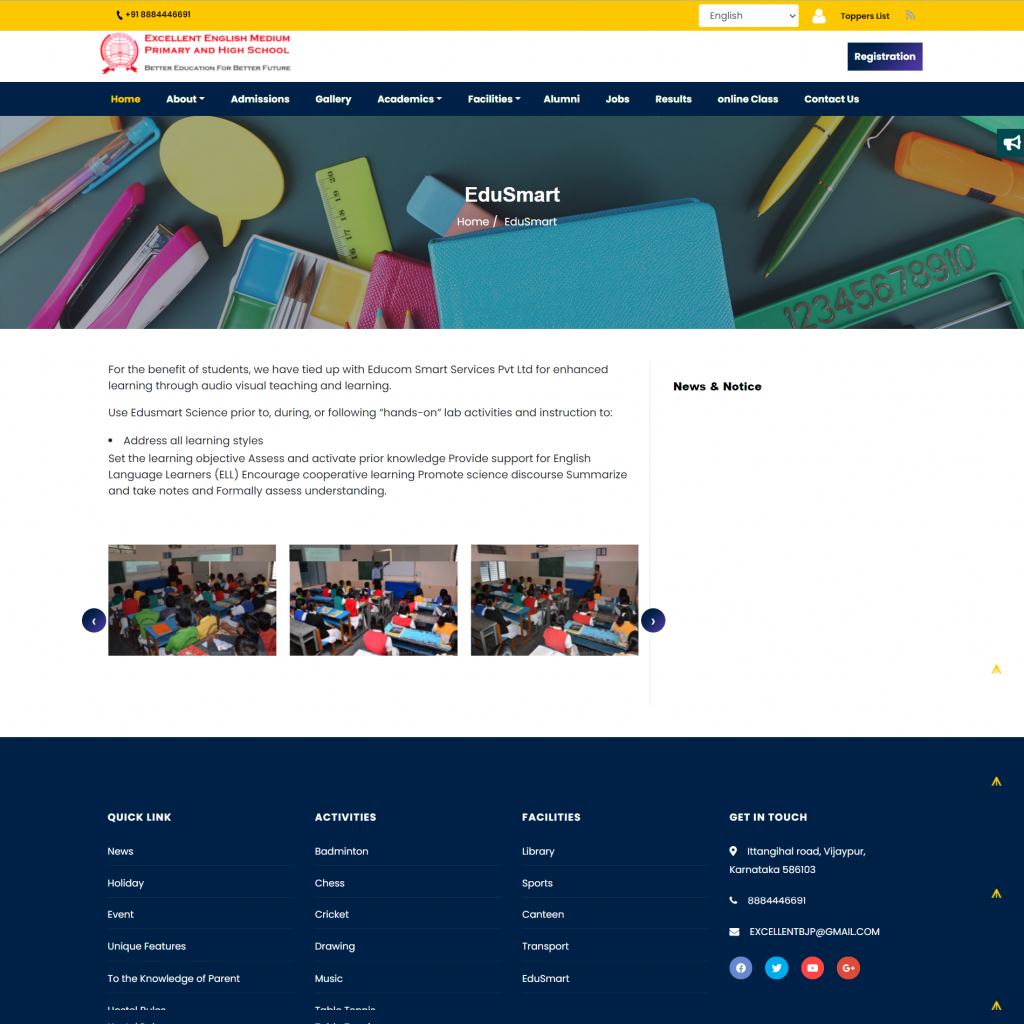
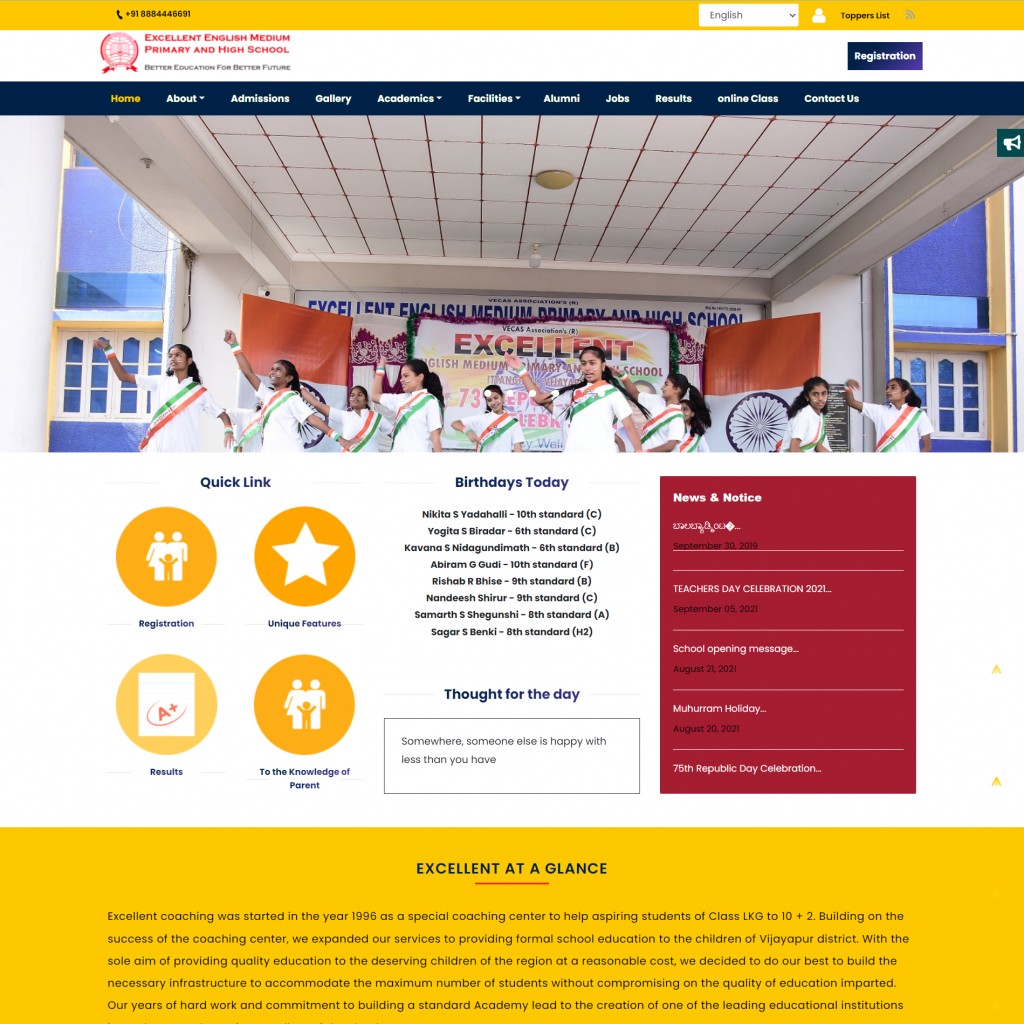
Web design is a Web development process for creating a website that focuses on aesthetic factors like layout, user interface and other visual imagery in order to make the website more visually appealing and easy to use. Web design makes use of various programs and tools in order to achieve the intended look, such as Dreamweaver, Photoshop and many others. In order to create a winning design, Web designers need to think about their audience, the purpose of the website and the visual appeal of the design.
Types of Web Designing?
Single Page
Single page designs are websites that convey all of their information on a single webpage. The single page can be as long as the designer wants, allowing users to scroll down in order to see all the information. When developing the design, many companies and organizations use a linear journey or narrative to create a flow to the information being relayed to visitors.
This type of design can be very versatile because it has many unique uses. For example, it can be used to sell products, telling the company’s story as the page progresses, or it can be used for artists to share their story and portfolio.
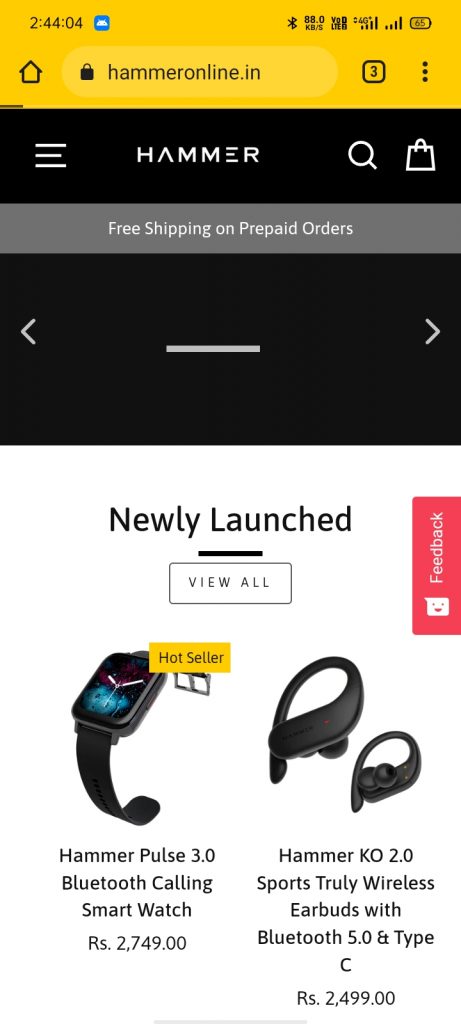















Mob Design
Static website
A static website is a website with little to no user interaction, and the design is generally consistent on all platforms. Most often, the website is created using basic code, such as HTML or CSS, and has a set number of webpages, which can help generate a low-cost for the site’s creation. Because of its simple model and limited ability to interact with visitors, static websites are generally used to relay information, instead of sell goods and services.
UI/UX DESIGN
Dynamic website
Dynamic websites, unlike static websites, allow users to interact with the material on the webpage, creating a more active and exciting website design. The code to develop these types of webpages often requires something with a little more versatility, such as JavaScript, PHP or ASP. Because of their more intricate model and design, dynamic websites can cost a little more money, and sometimes have a longer load time compared to static websites. However, they can also effectively relay information and the benefits of a product or service through an engaging display.
Dynamic
This is dynamic.
Dynamic Design
Responsive design
A responsive website design changes its layout and display of information depending on the size of the browser. Whether the website is being viewed on a mobile device, or a computer browser, the webpage can manipulate itself, by wrapping text and scaling images, to fill any size screen with the most pertinent information. This type of design is beneficial to many websites and organizations because it can allow users to browse through information and products on different devices more easily.
Responsive Designing
A responsive website design changes its layout and display of information depending on the size of the browser
Responsive Design
Liquid design
A liquid website design behaves similarly to a responsive design, except it doesn’t manipulate the layout of the page depending on the size of the screen. The design itself shrinks or stretches the entire webpage to fit the size of the chosen window, which can be helpful for webpages that don’t want to sacrifice information depending on the size of the browser. However, this can also cause the design to have very small, or warped text when viewing it on screens that are too small or too large.
The design itself shrinks or stretches the entire webpage to fit the size of the chosen window, which can be helpful for webpages that don’t want to sacrifice information depending on the size of the browser. However, this can also cause the design to have very small, or warped text when viewing it on screens that are too small or too large.
Liquid Design
Fixed design
A fixed design allows designers to create a website that doesn’t change no matter the size of the window or screen. The site uses a strict resolution and will open to those exact measurements whether the user is viewing it on a mobile device or computer monitor. The strict resolution can help designers create a specific website layout which they know will stay consistent on every browsing device. However, this can also create some hassle for users on smaller screens because it might require more effort on their part to scroll around the page and find the information they need.
In responsive design, content moves dynamically depending on screen size; in adaptive design, the website content is fixed in layout sizes that match common screen sizes.
Fixed Design
Our Visiting Card
